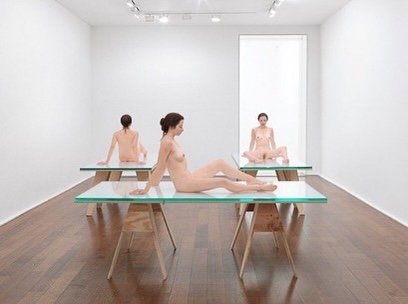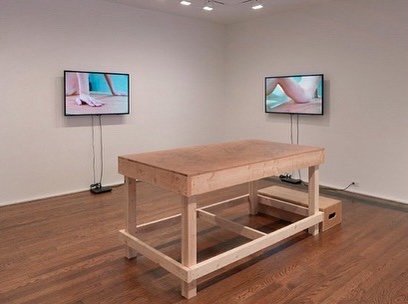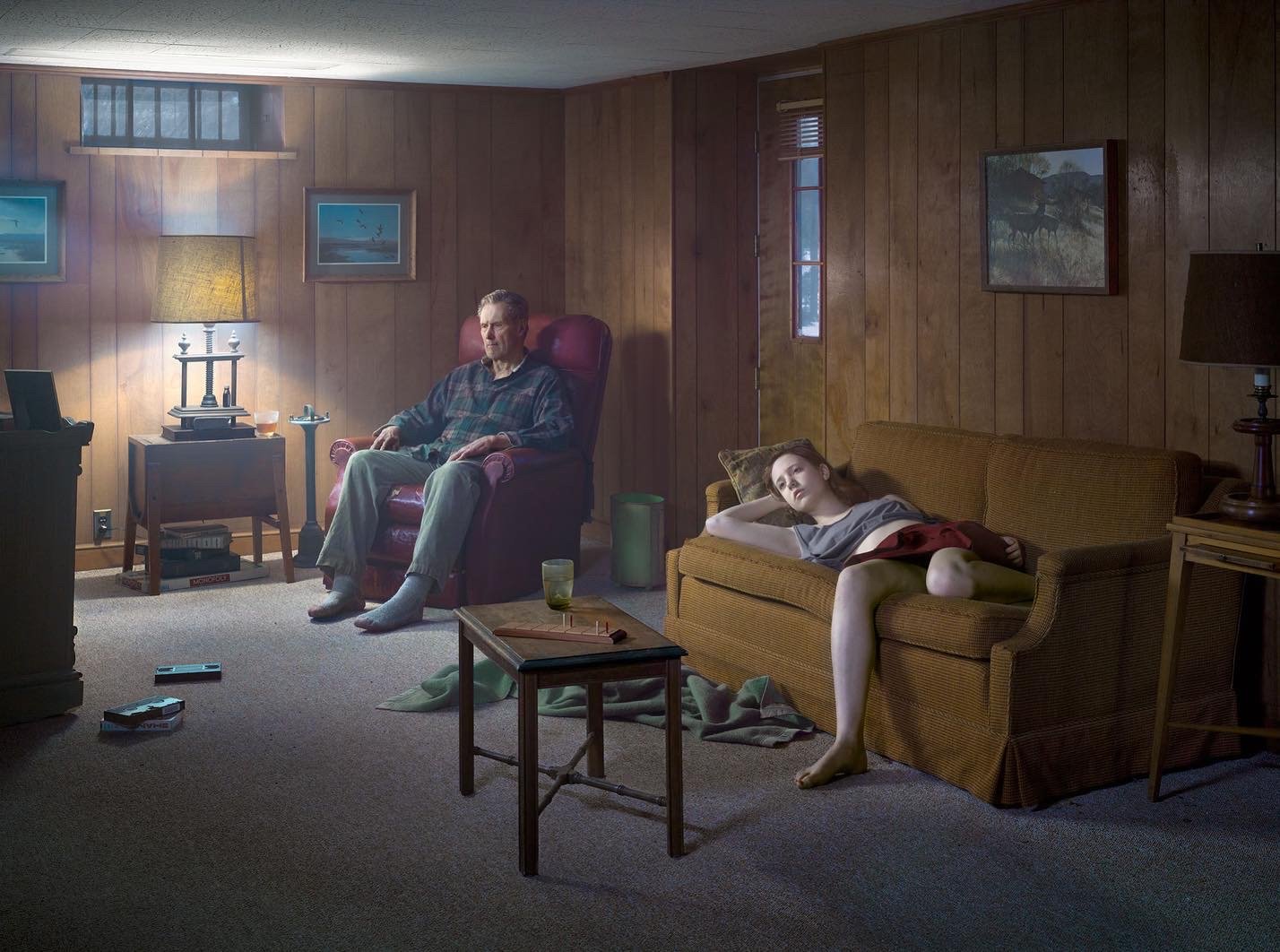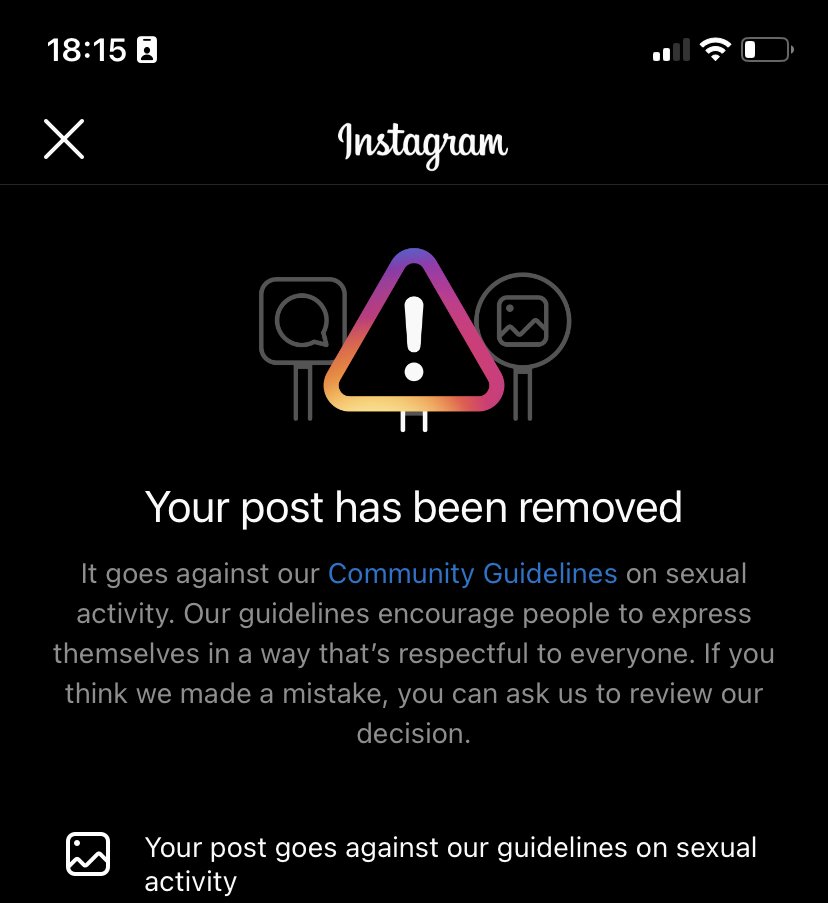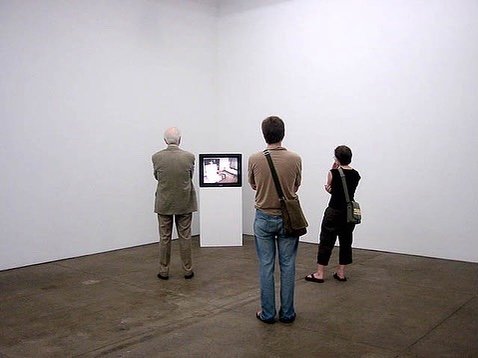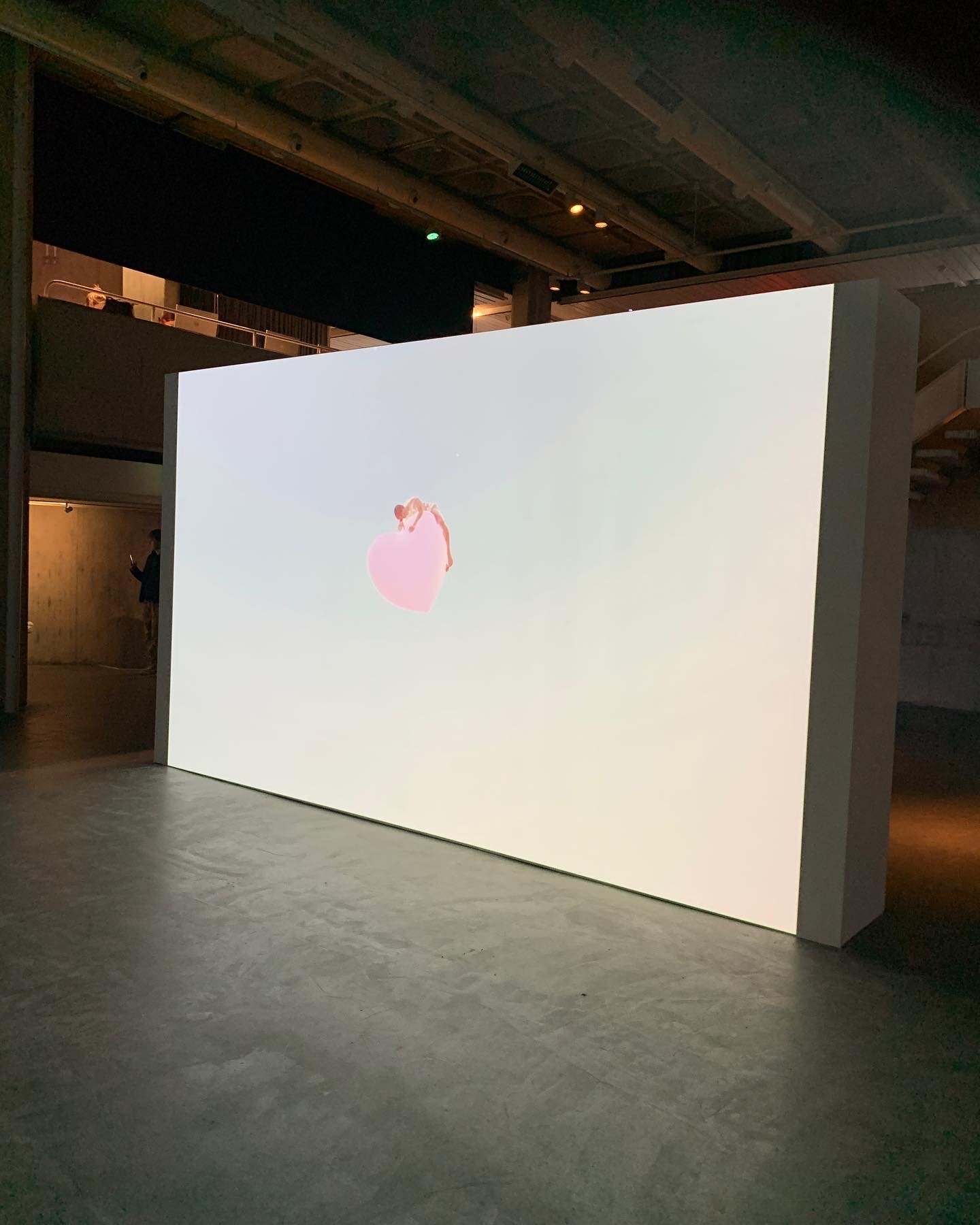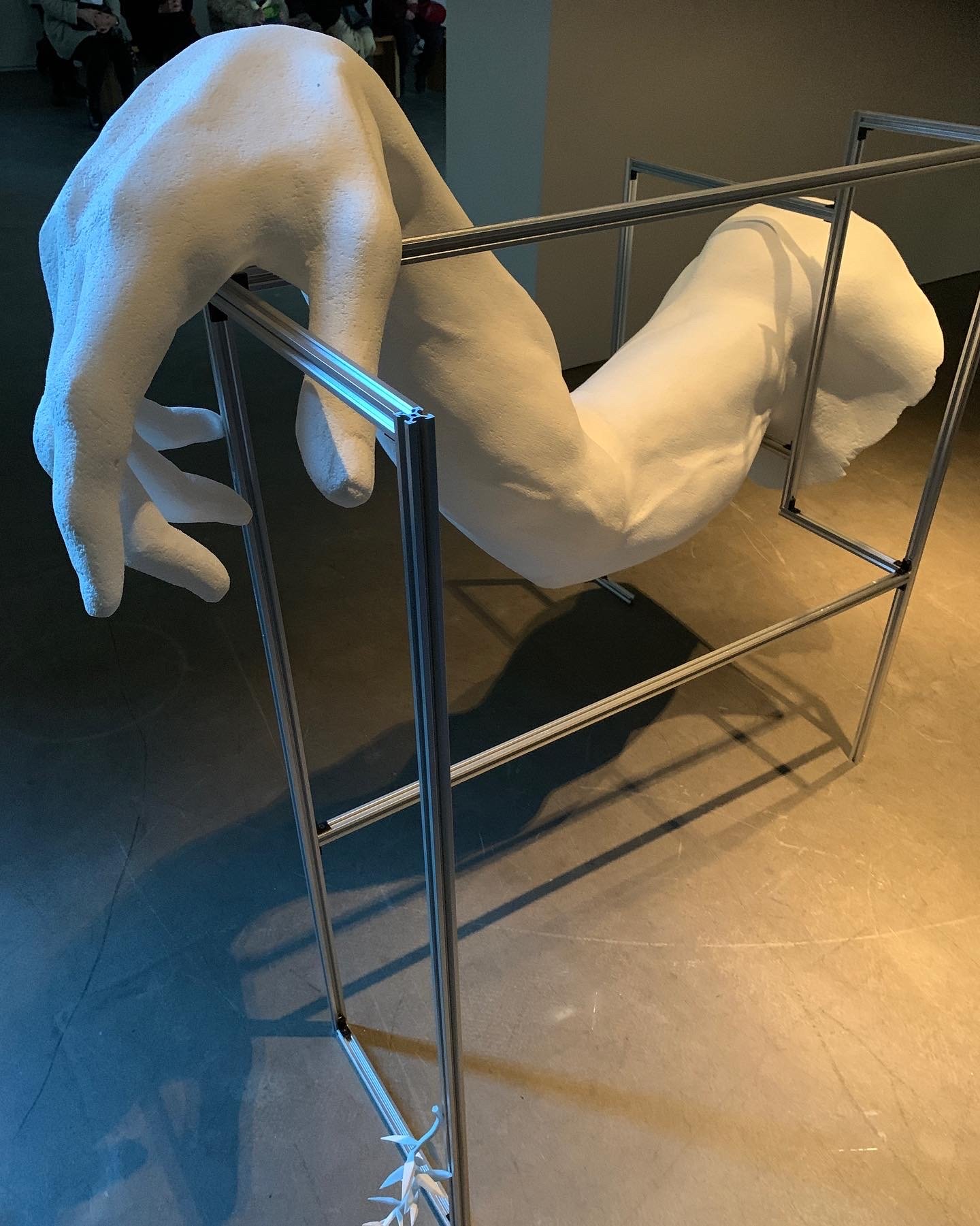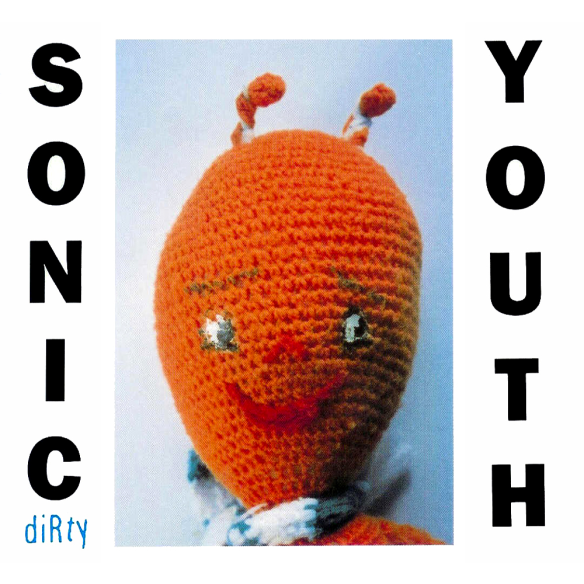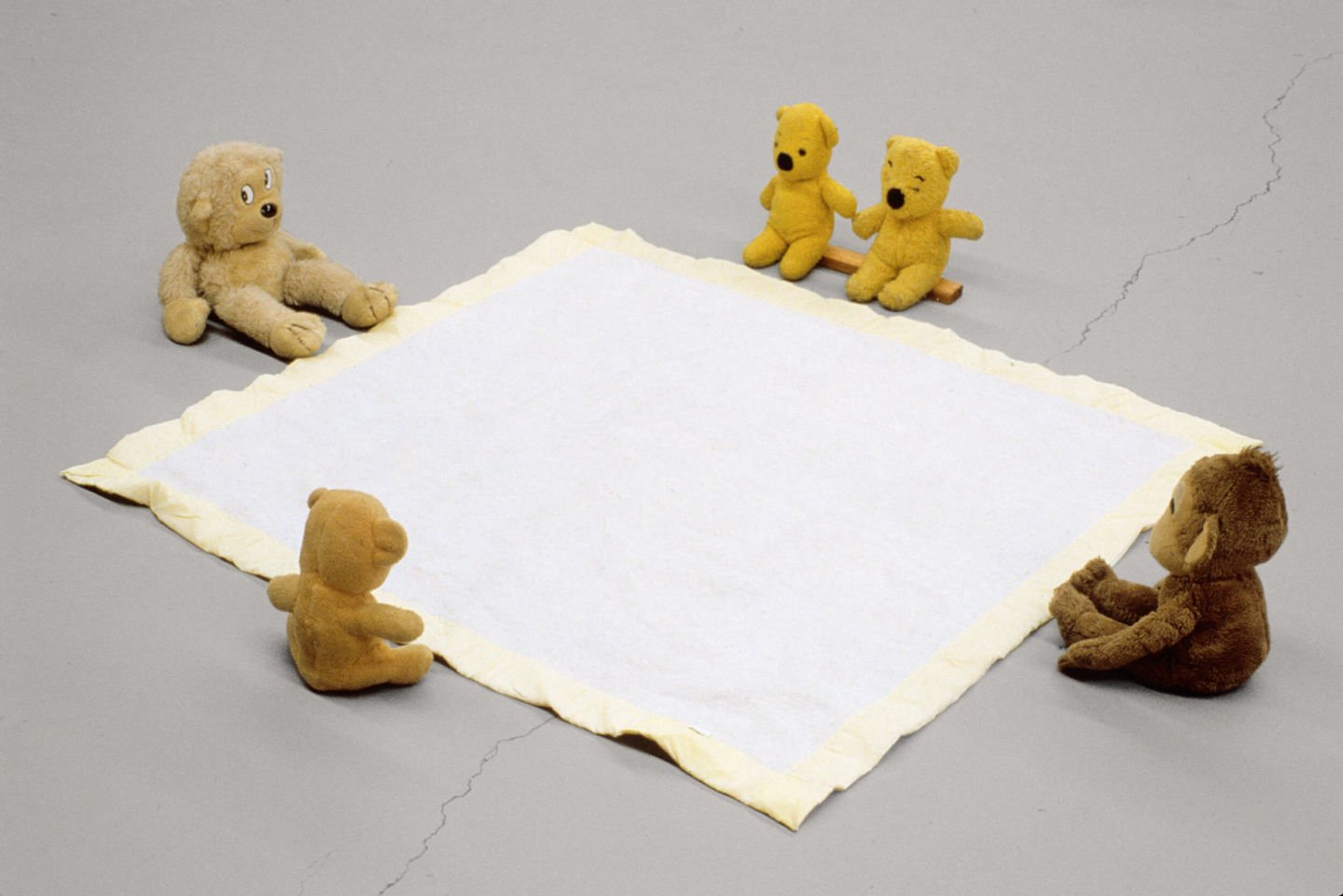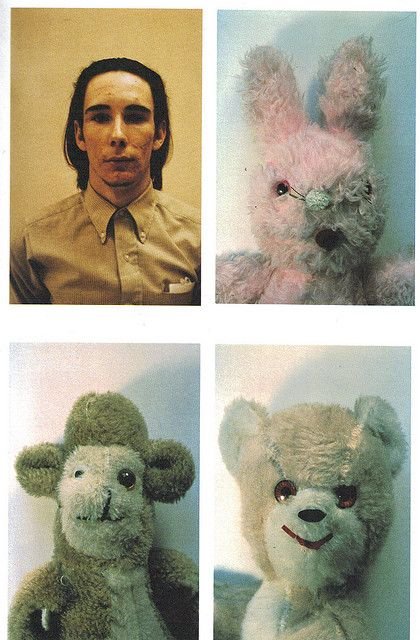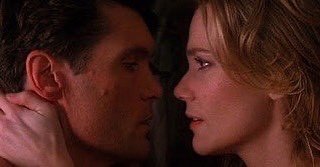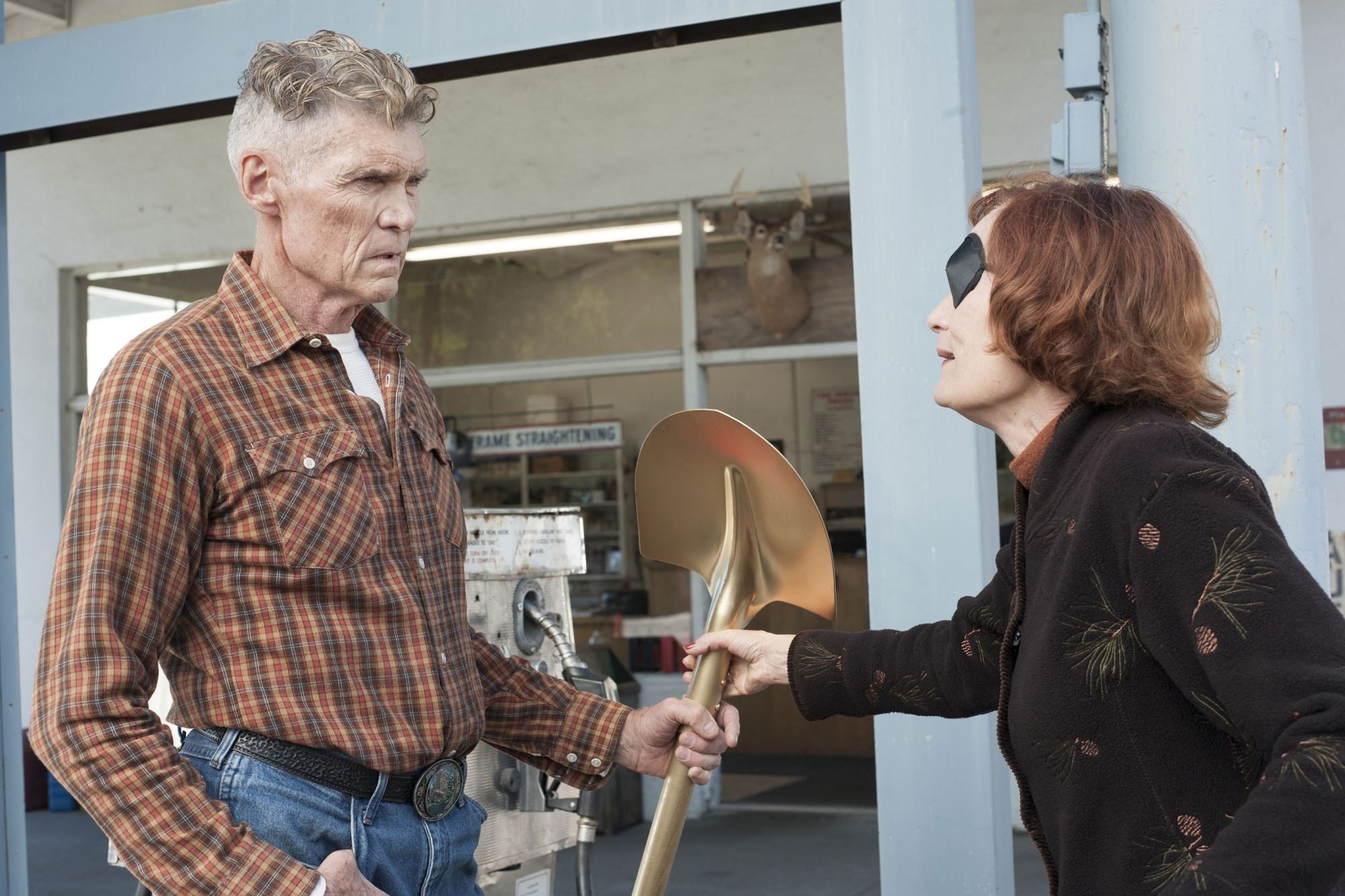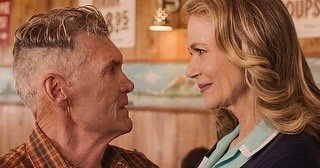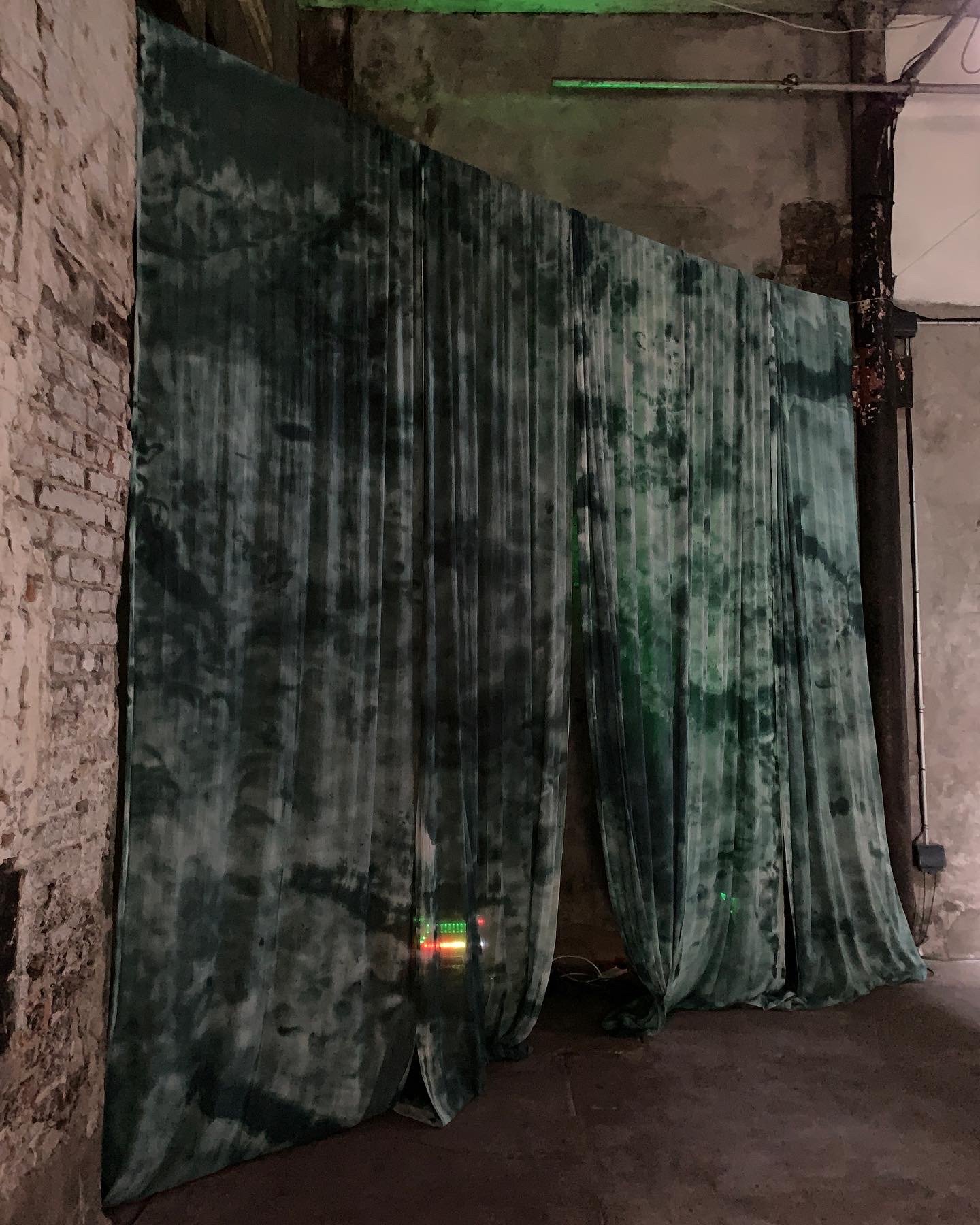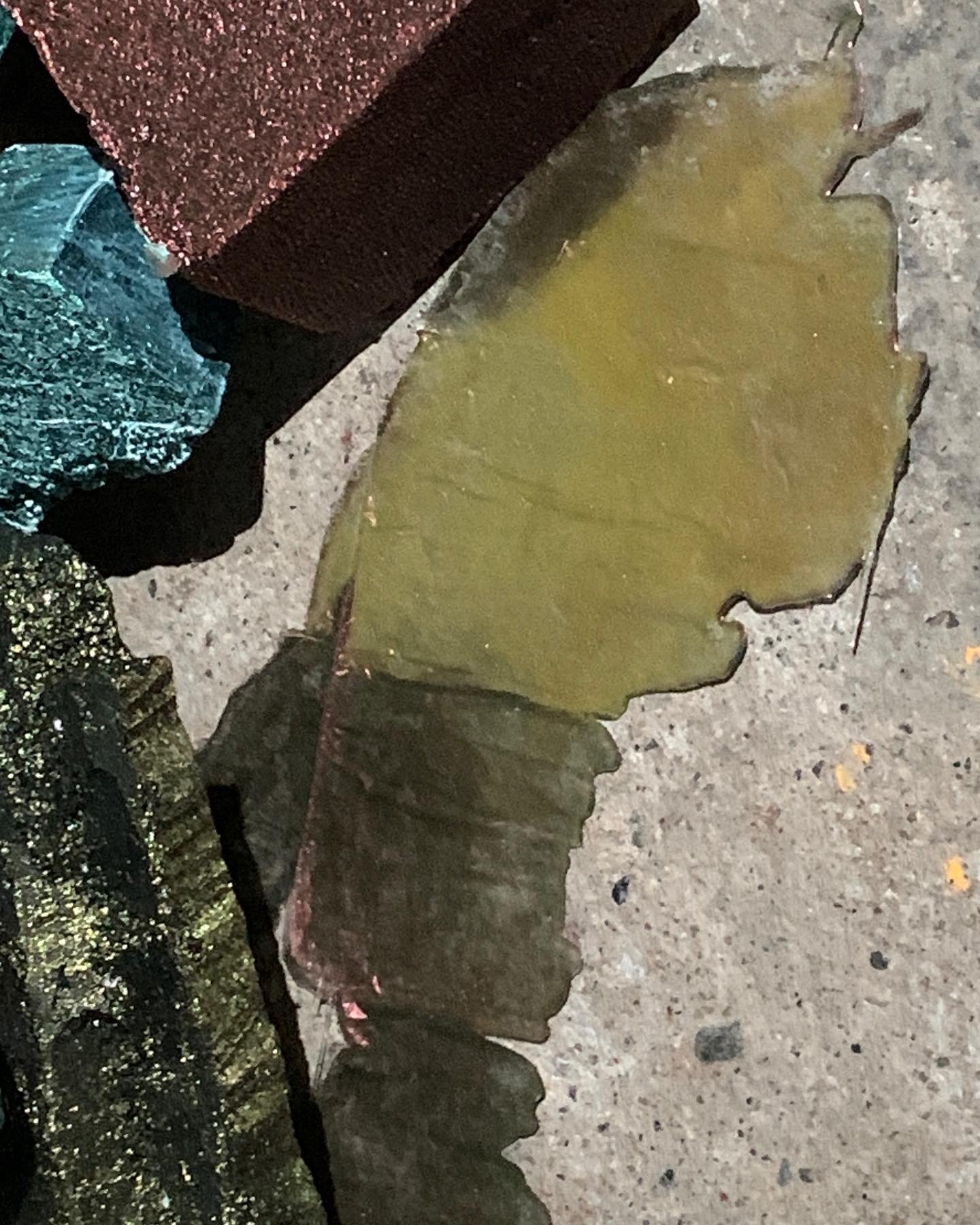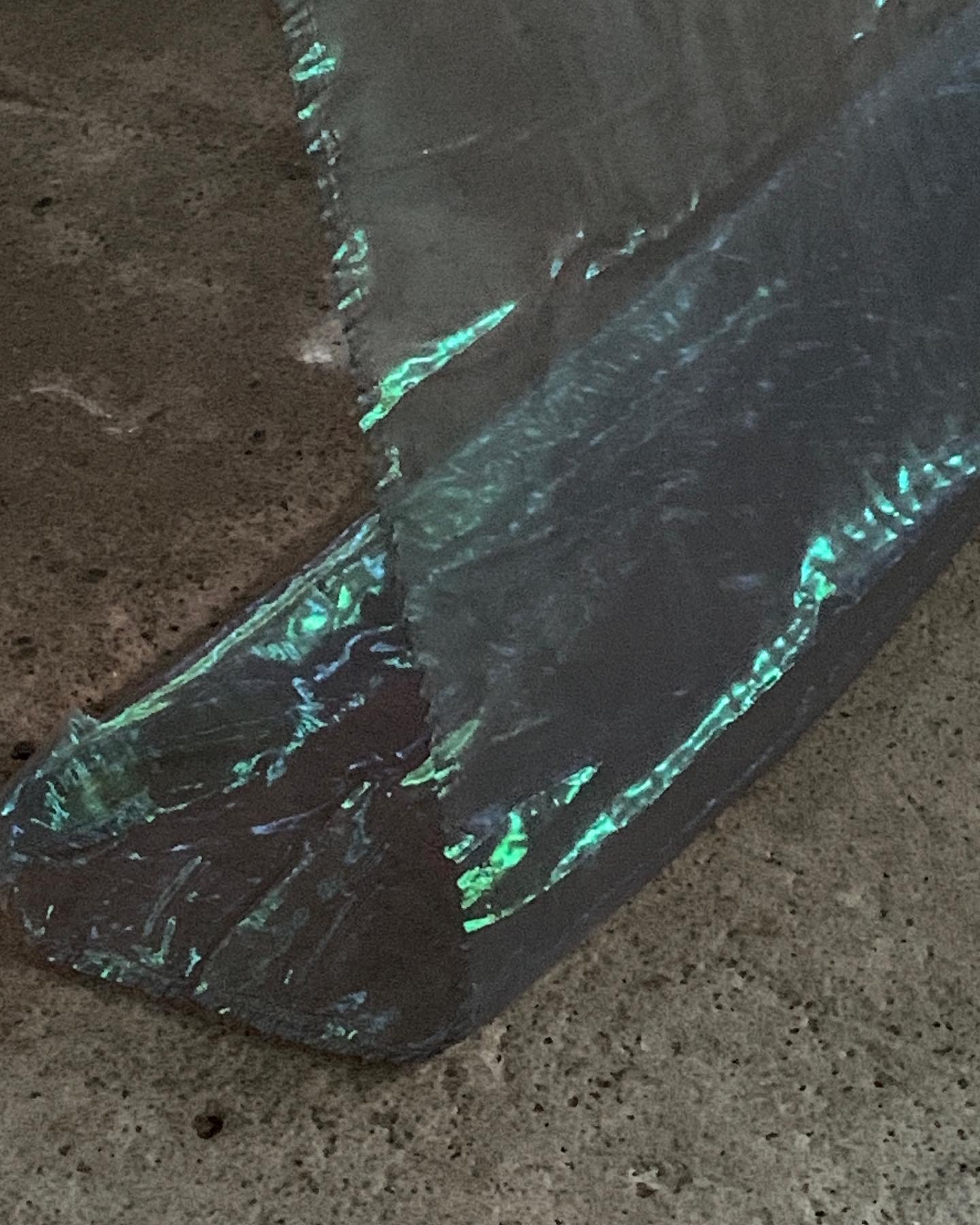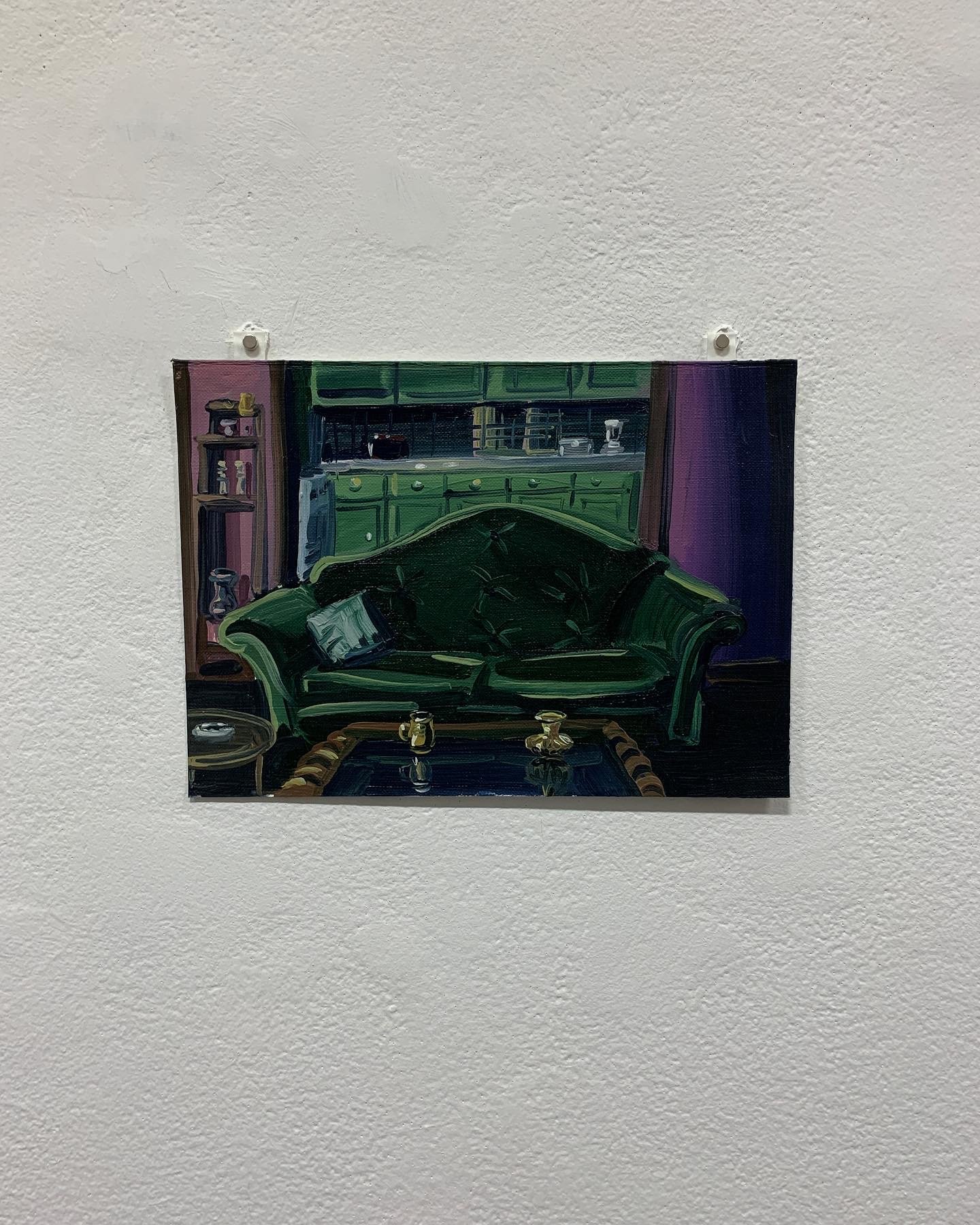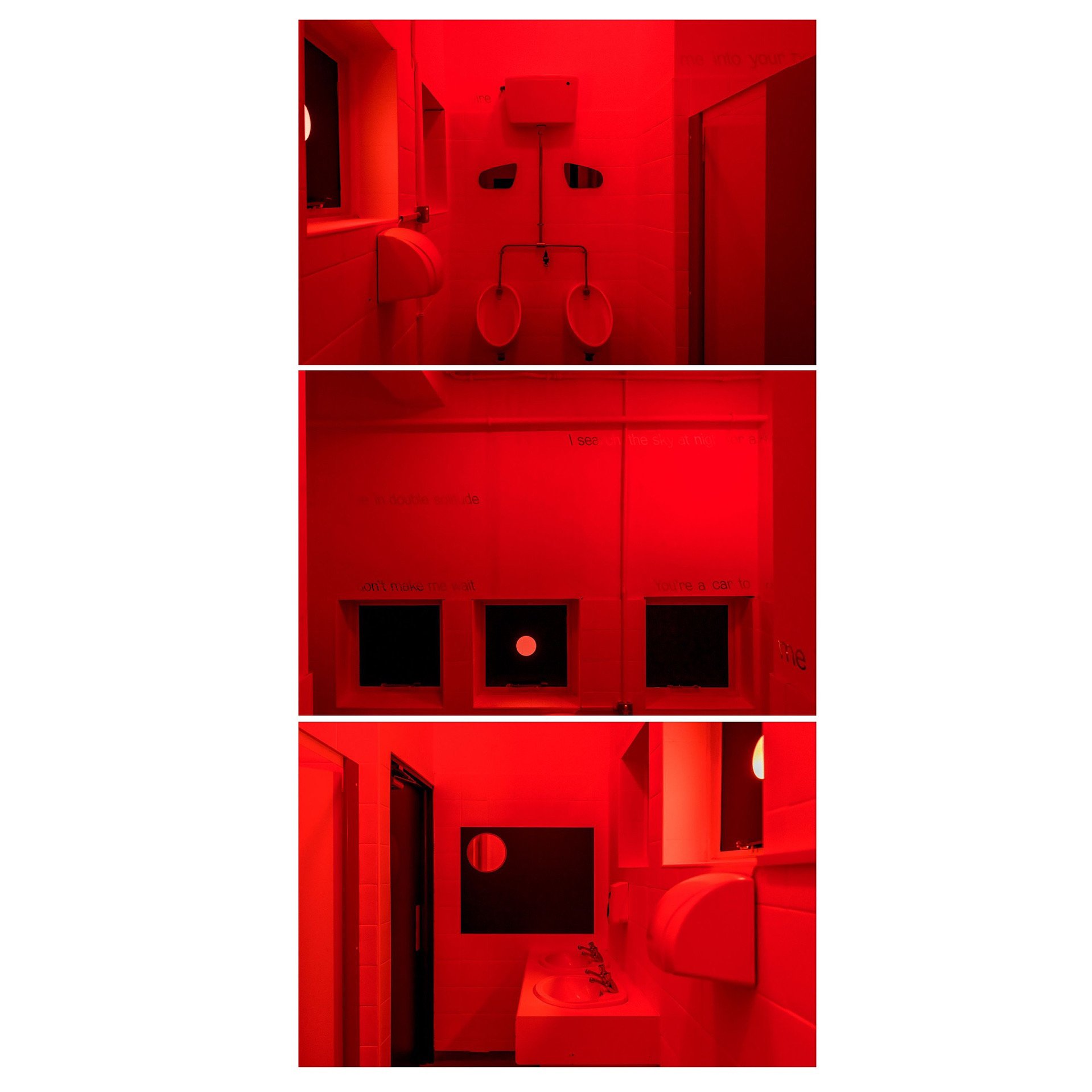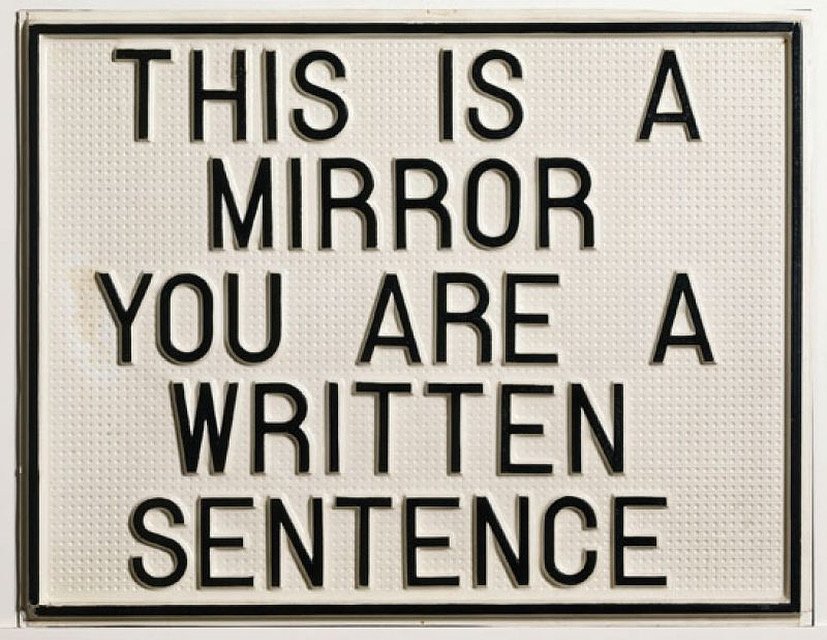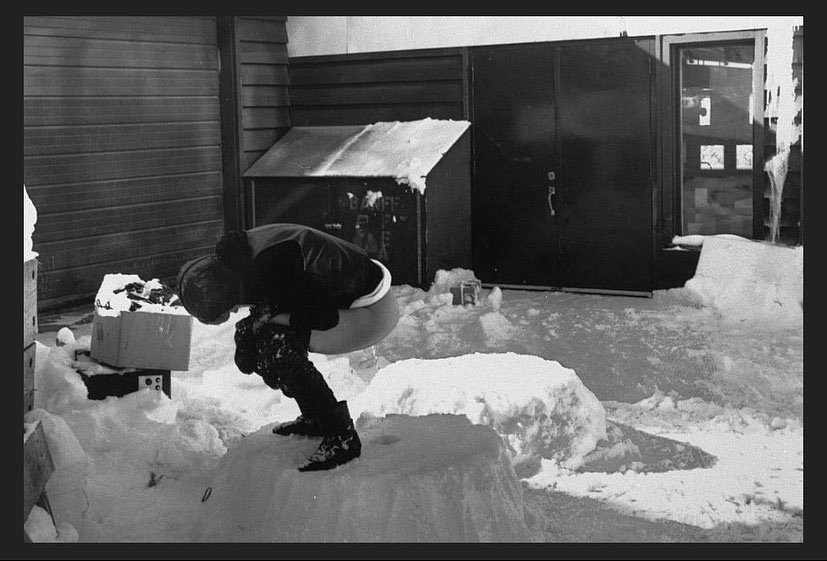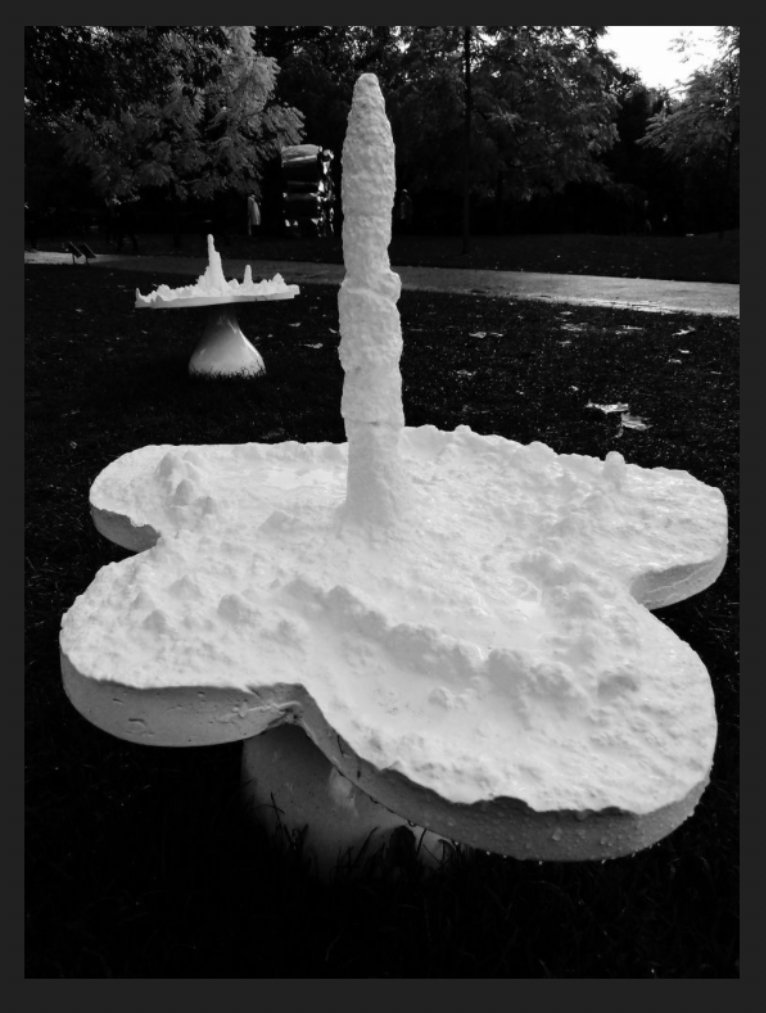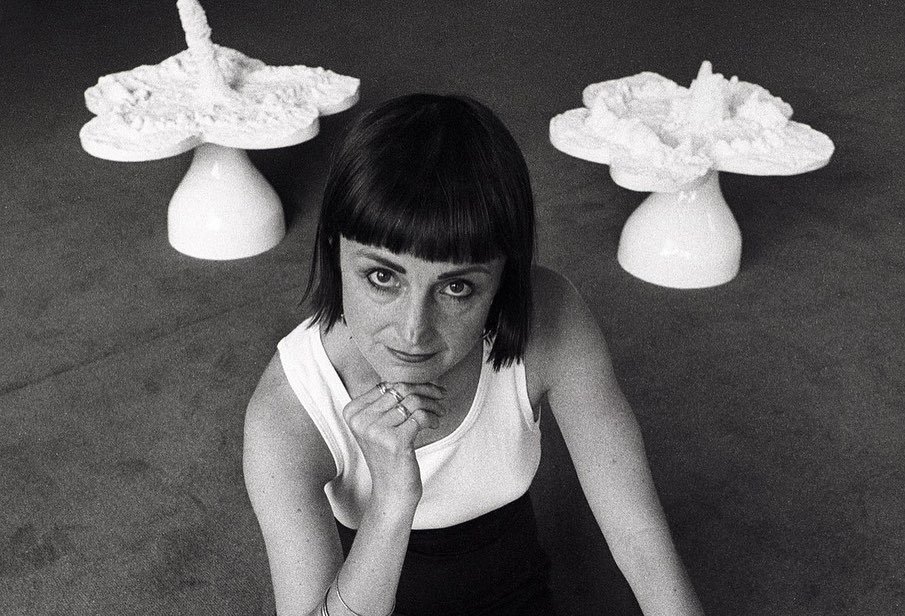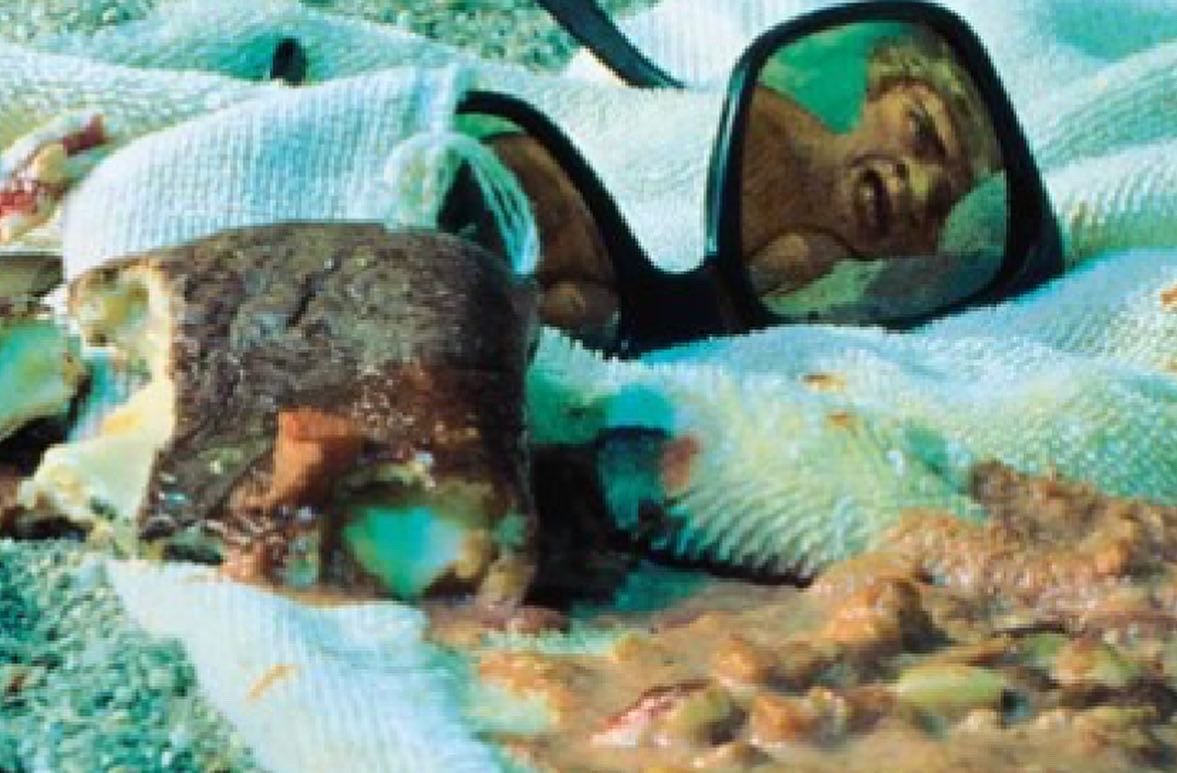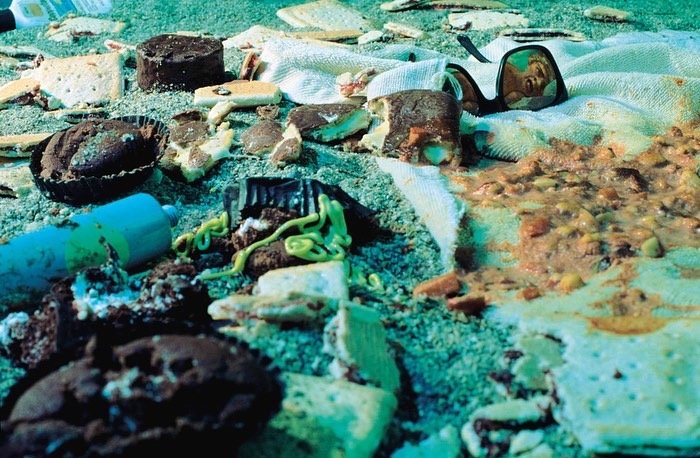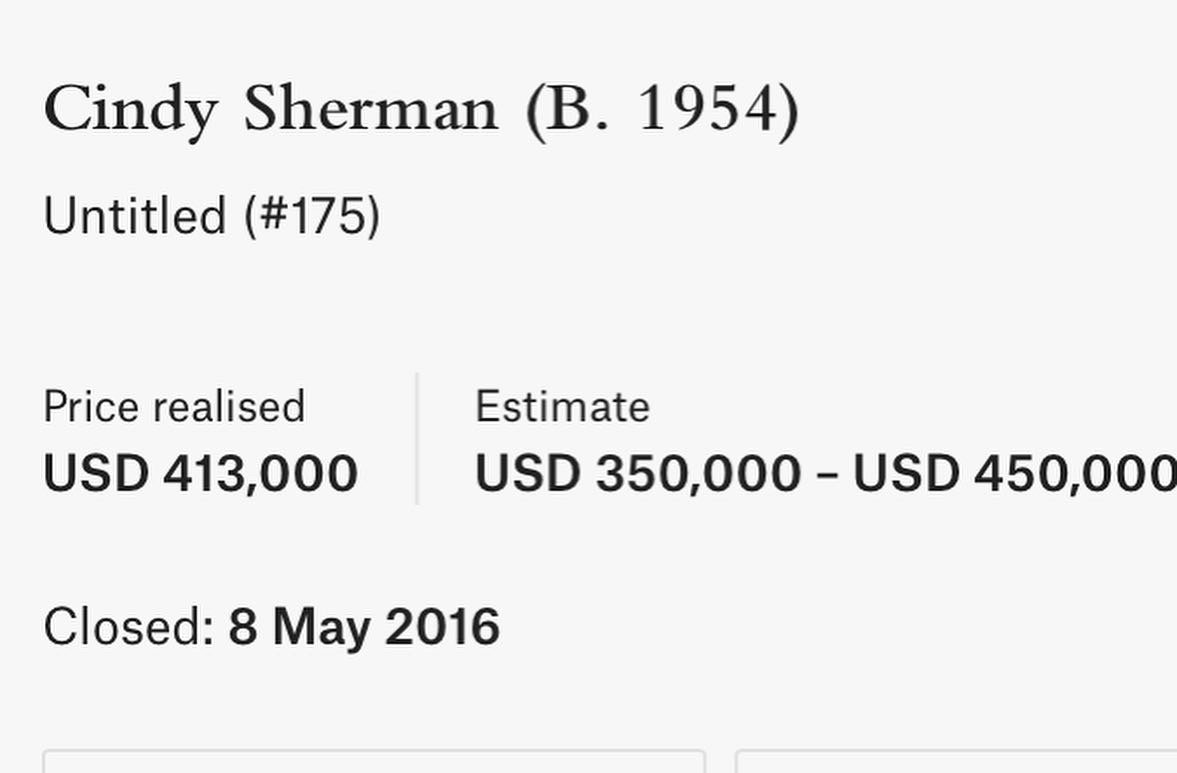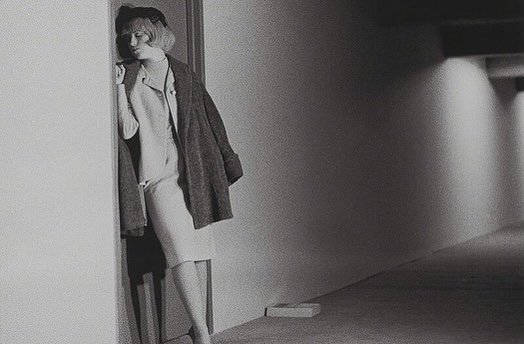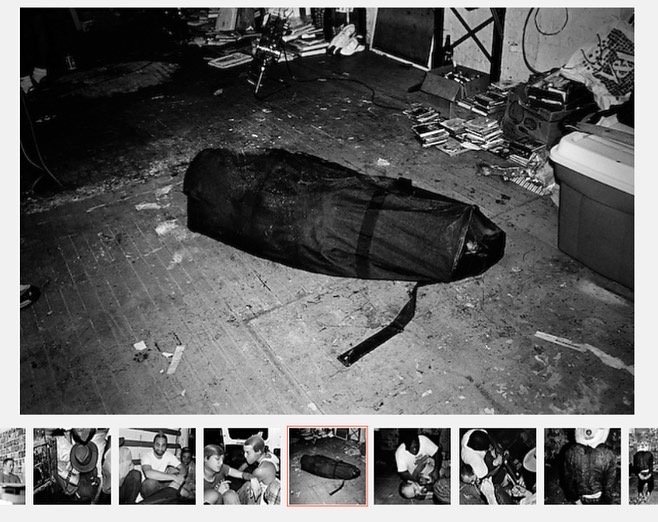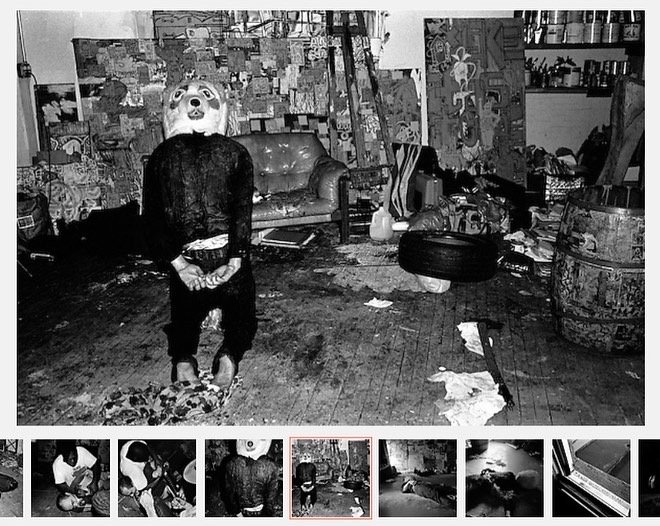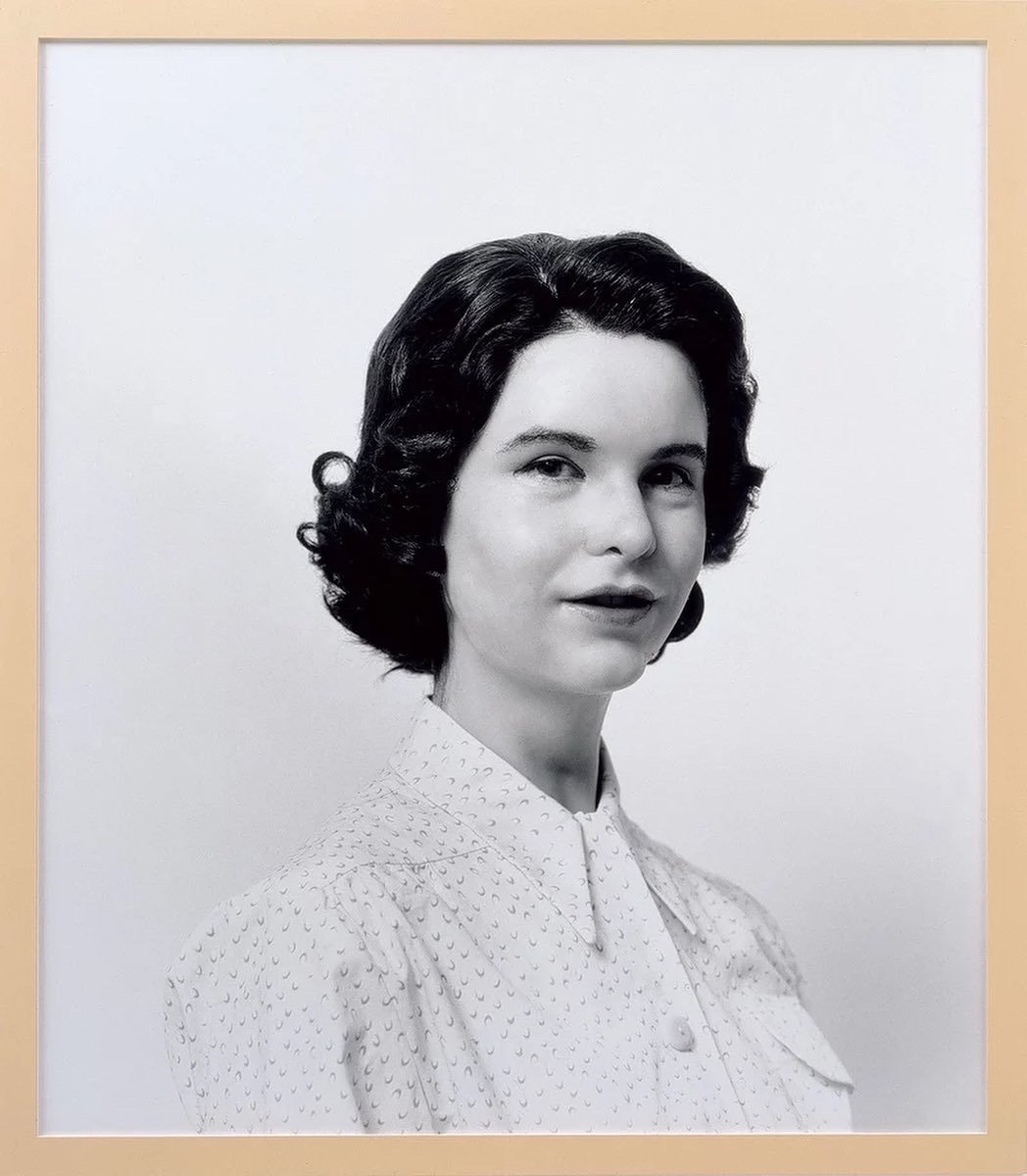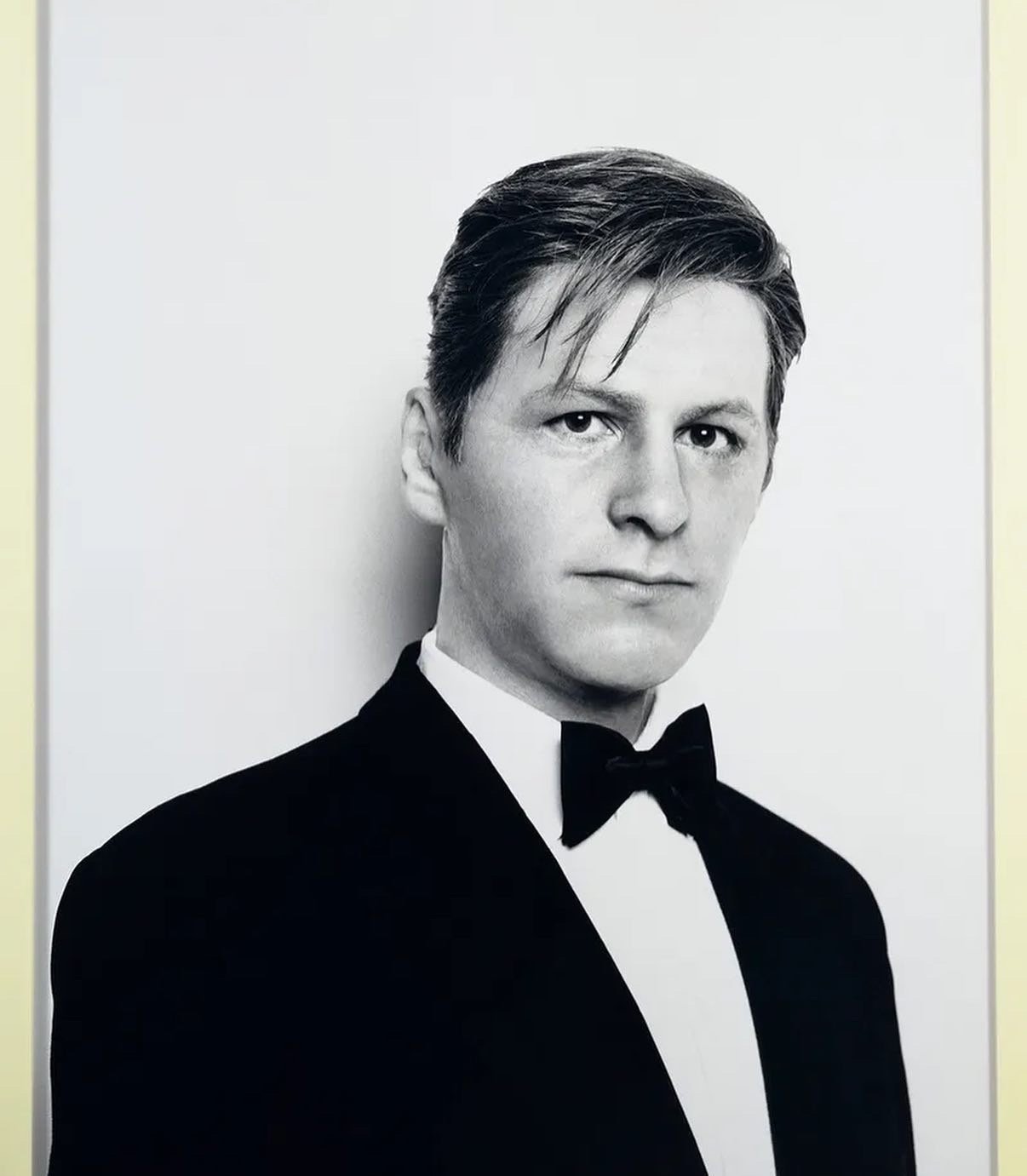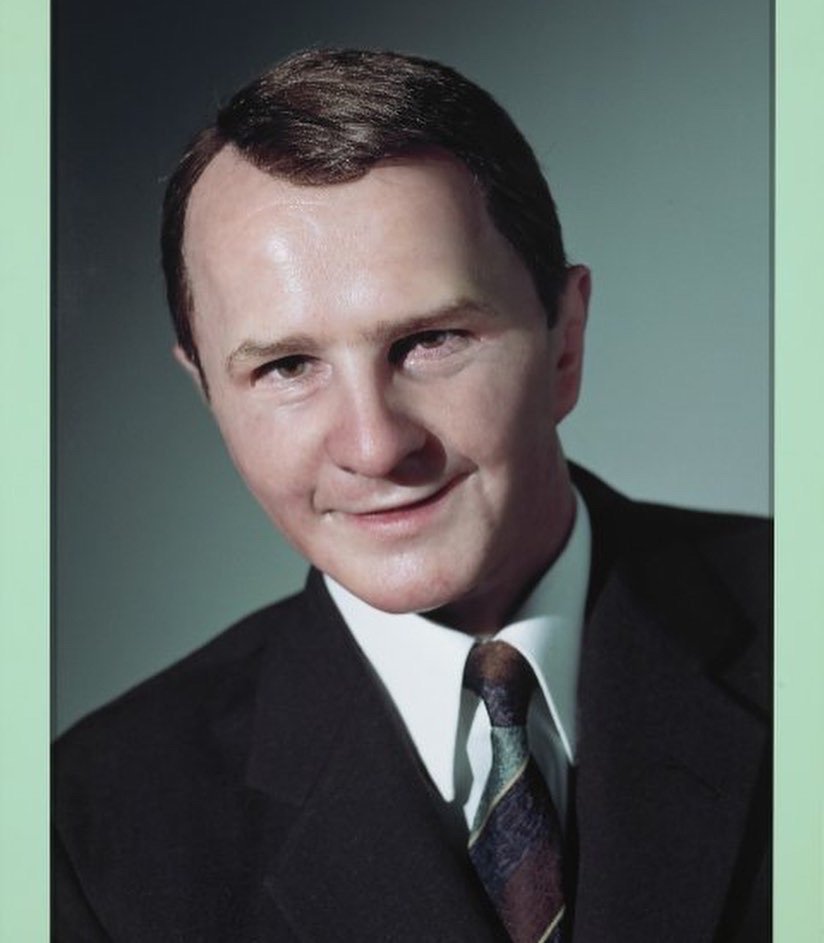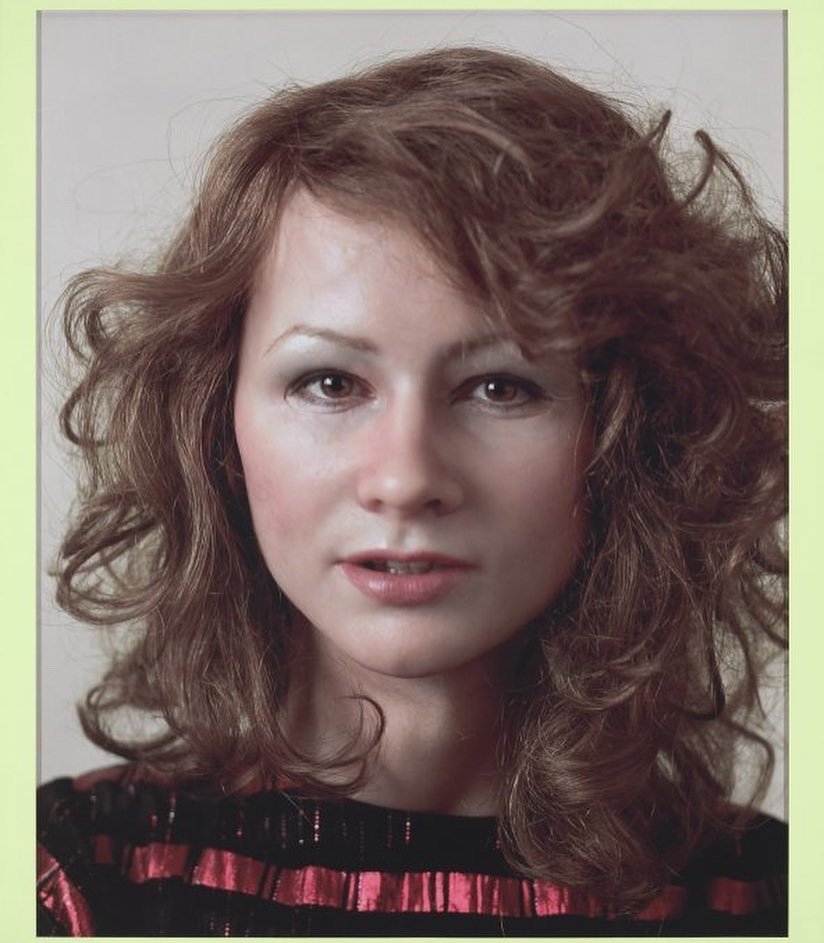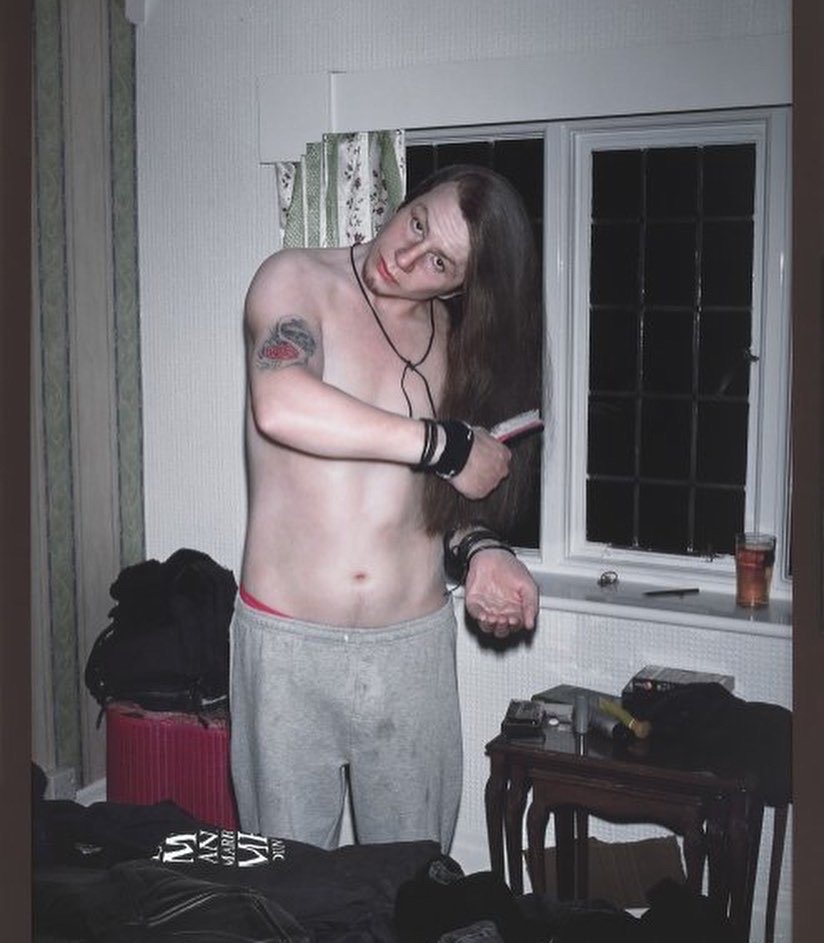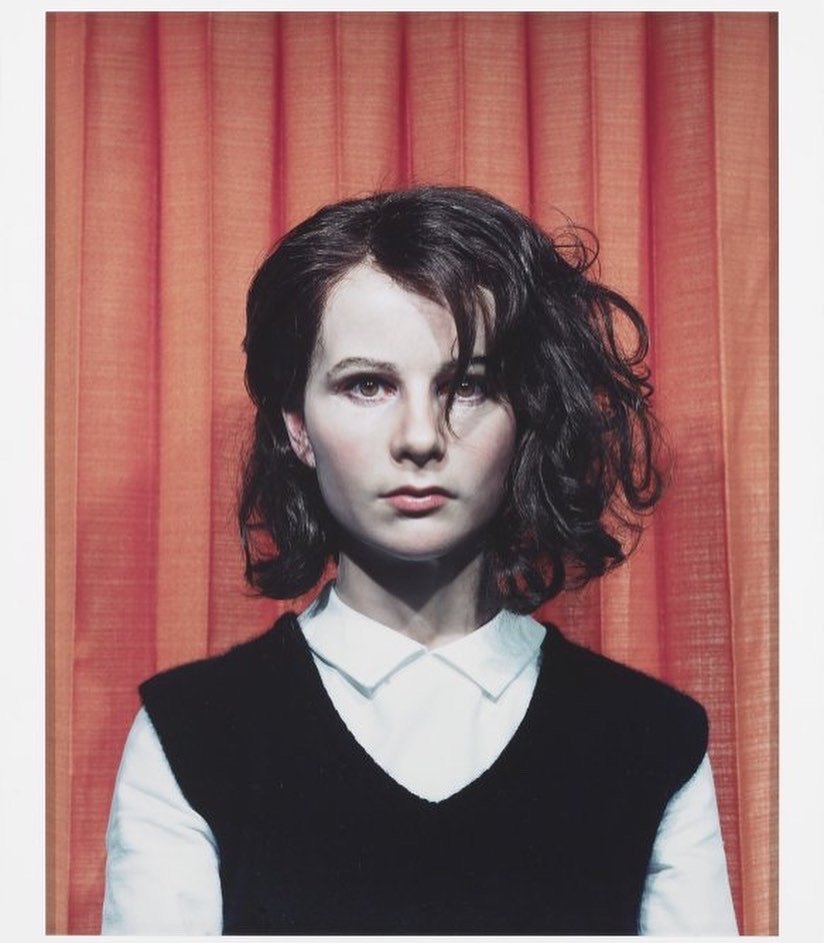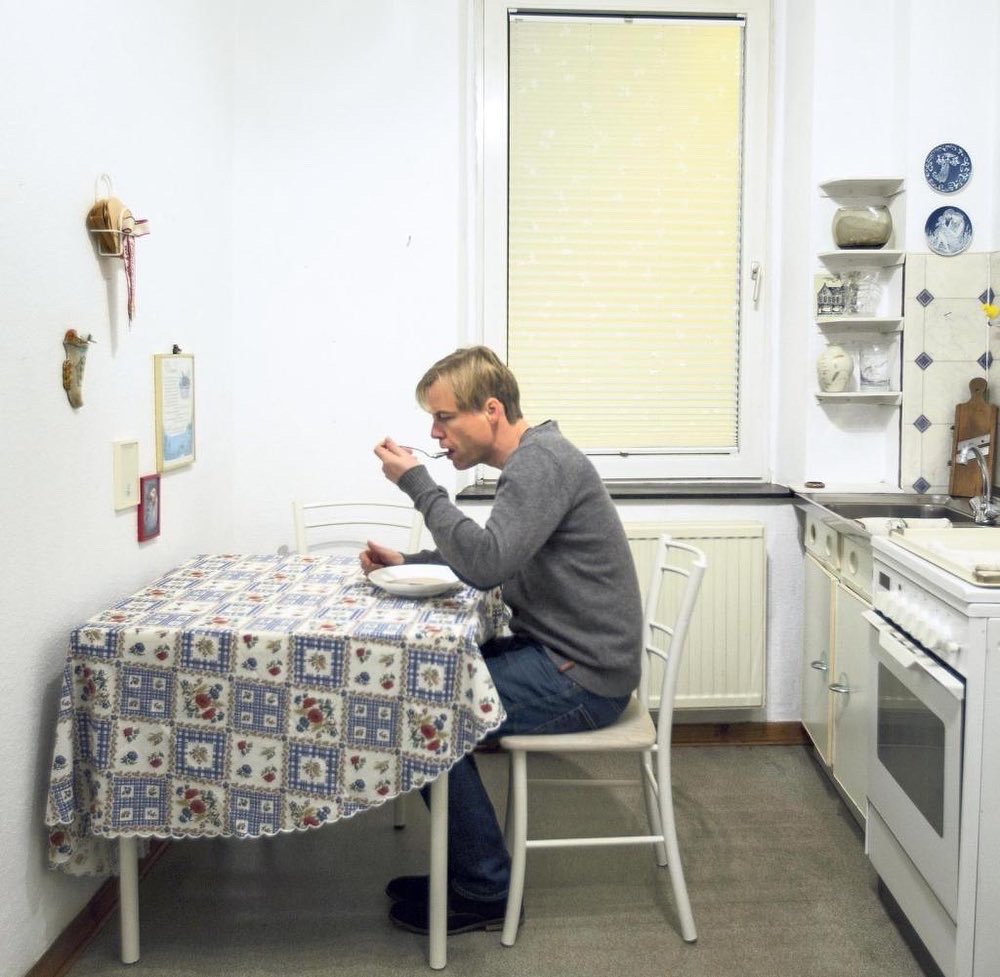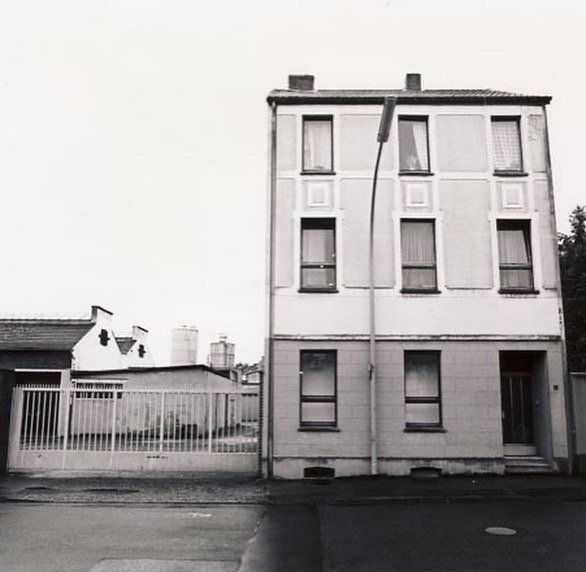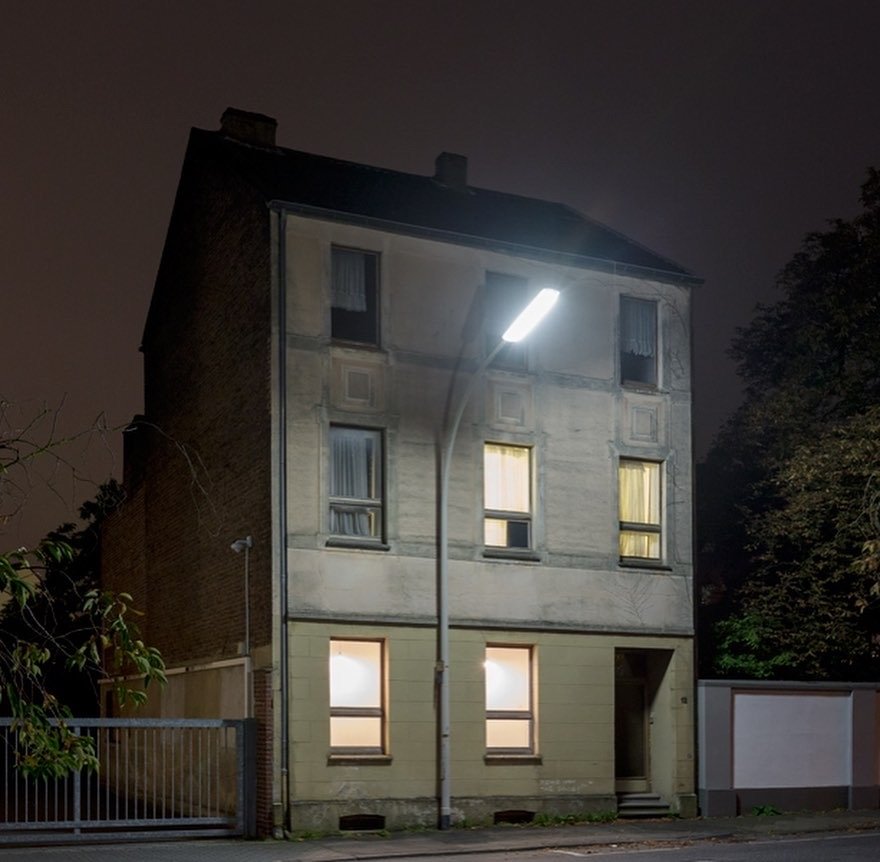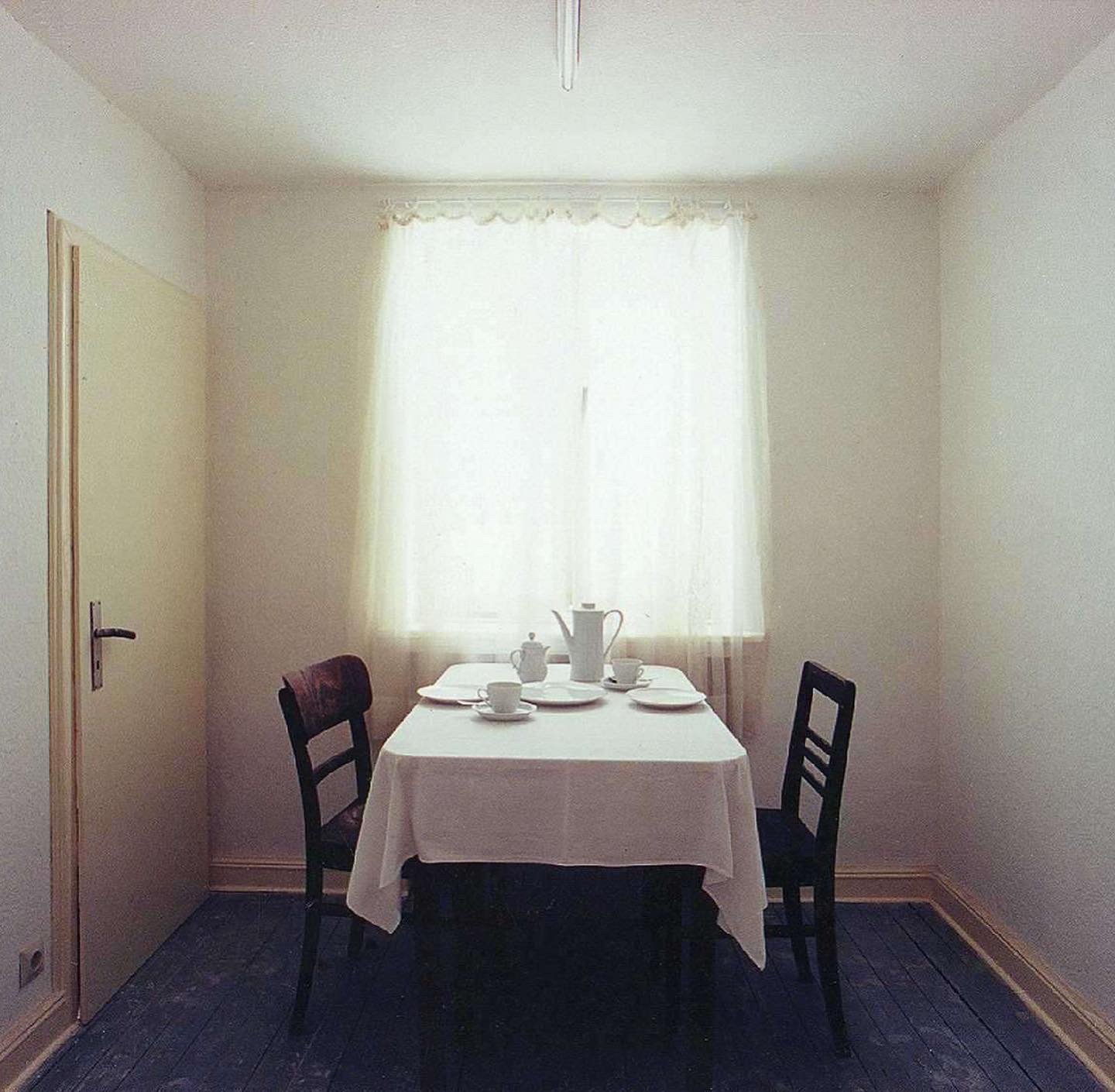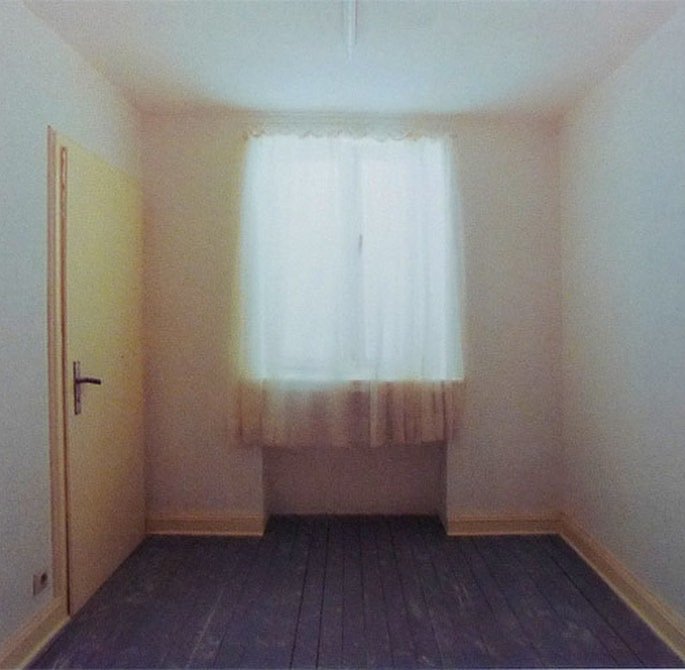DAY 24
🏴"It's not a feminist act for an 18 year old woman to photograph herself with wooden clothespins clipped onto her naked breasts, groin and torso. It's not an anti-feminist act either. It could be a mortification of the flesh inspired by some of the gory religious paintings the young artist saw during her family's museum outings in Italy… or a retake from a BDSM magazine… or a joke… or a search for sensation...” Chris Kraus on Francesca Woodman's Untitled (Boulder Colorado)” 1976.
It’s no surprise that Chris Kraus wrote about this photograph by Woodman, because it sits outside the artist’s well known vernacular of Victorianna attic-girl swishing around behind furniture & mirrors. I think Kraus is interested in this image because it destabilises the commodified image of Woodman, an identity that is multiple not singular, like all artists. The problem is, when an artist becomes known for one thing over many things they have already become commodified. Galleries commodify. Instagram commodifies. And this has nothing to do with money, but with image, & ultimately identity.
The relationship between Psychoanalysis & Art is intense if you bring yourself emotionally, not just intellectually, to contemporary art forms that touch what I call the “dark register”. Psychoanalytic theory leans into the more intimate & emotional spaces of art & artists who approach the dark register, whereas philosophy represses death & emotion so it can be a theory in itself. “In psychoanalysis you get an insight into a crack, gap, distance, that philosophy has to repress.” (Zizek) That is why psychoanalysis, as a theory, has to be in a relationship with something else to exist, to be alive.
I believe the biggest threat to art is its commodification under the self-conscious mediation of images, & also the conditioning that such mediation incurs; a mediation that is so image conscious that any possibility of risk, permissibility, or going off script under the public’s gaze is sacrificed for consistency, repetition, routine & a stable art identity.
ps. Props to the RHA for letting Austin Hearne rip! This post will be censored in…
Merry Xmas🏴


